
 |


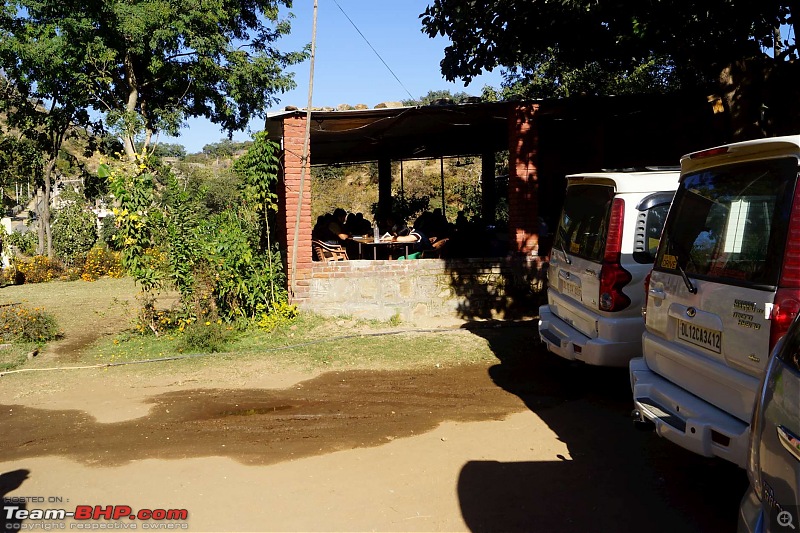
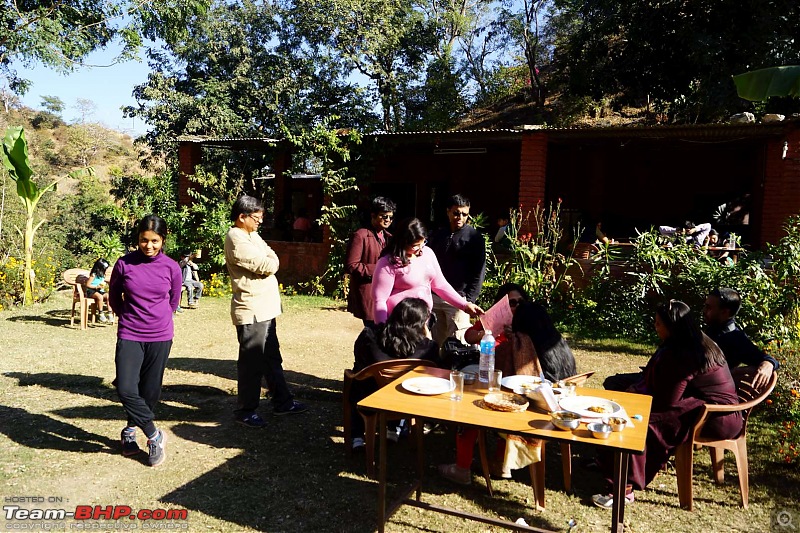
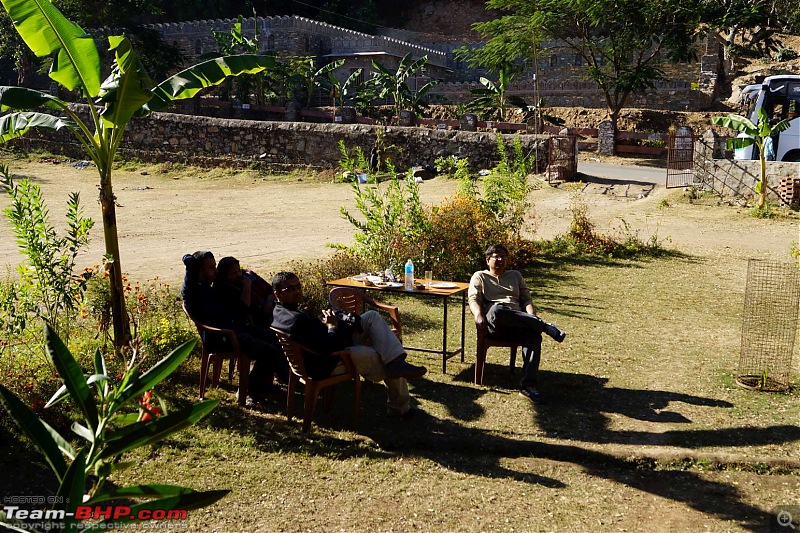
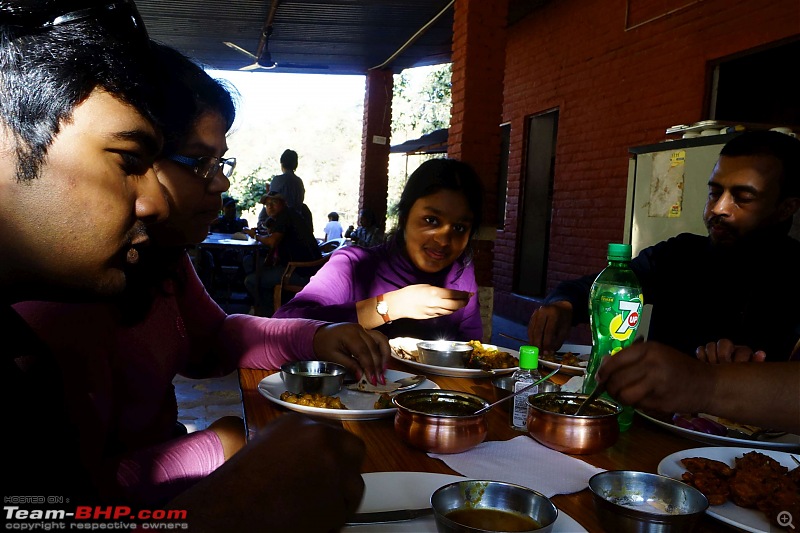
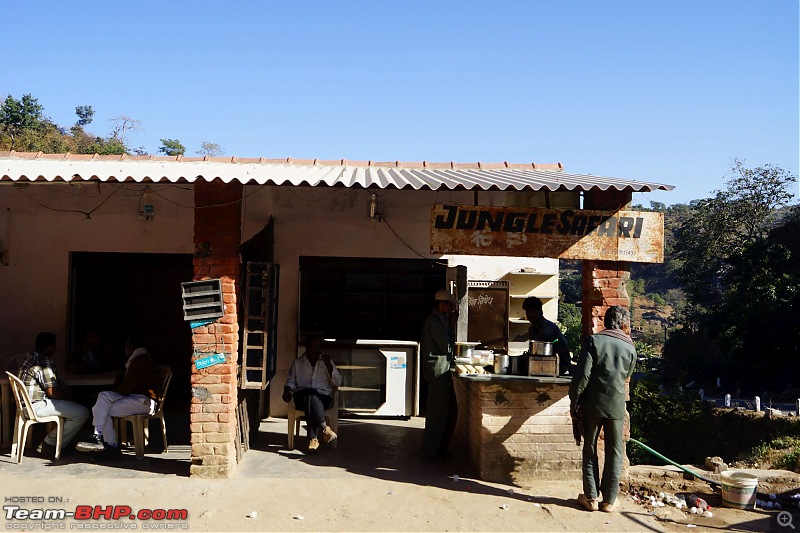

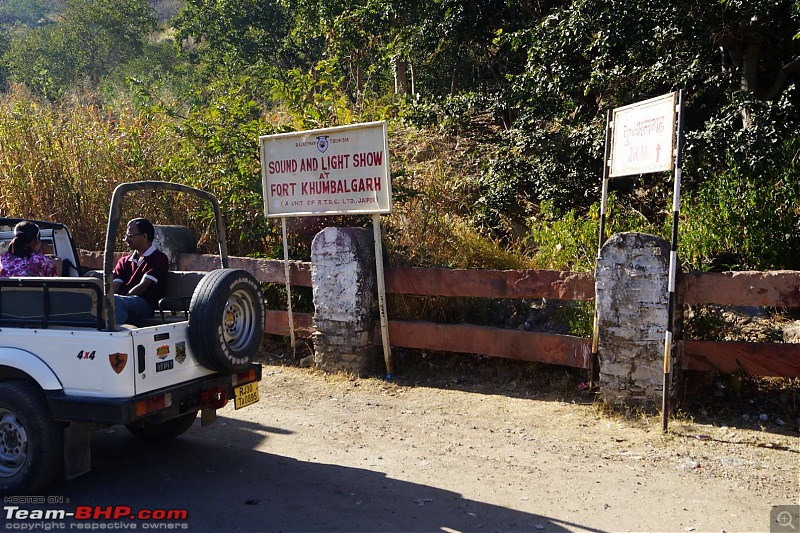

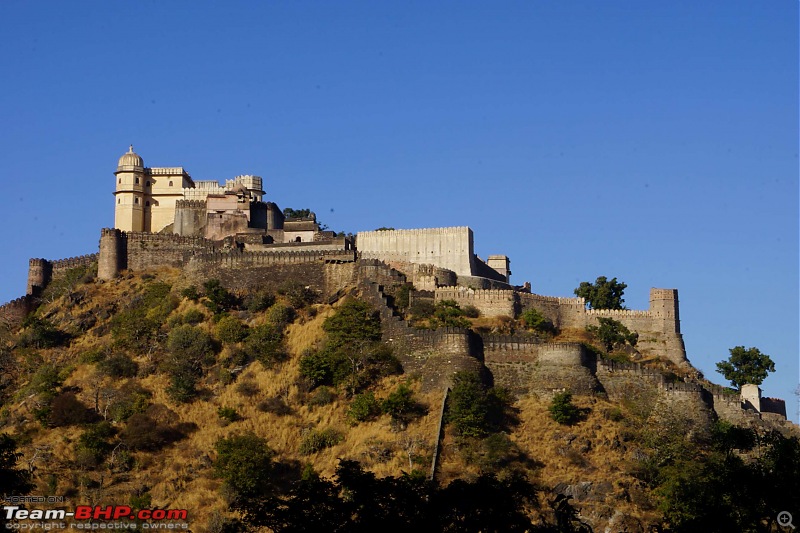
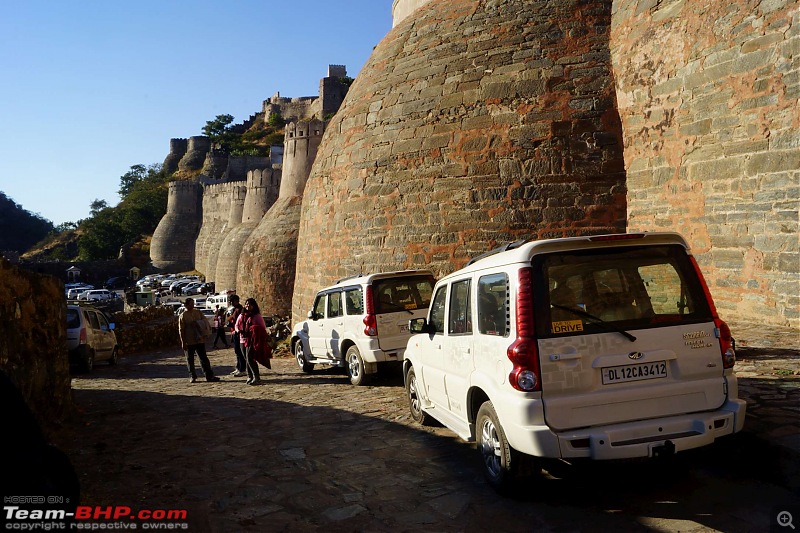
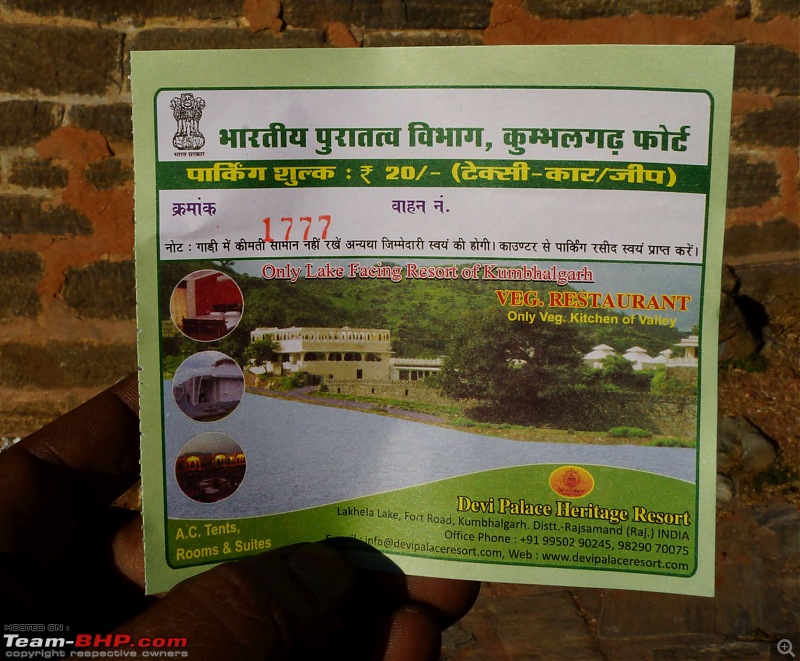

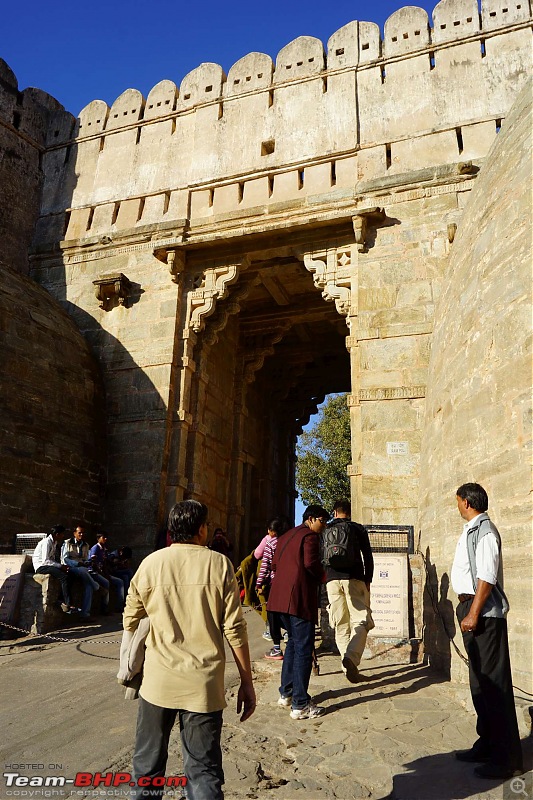
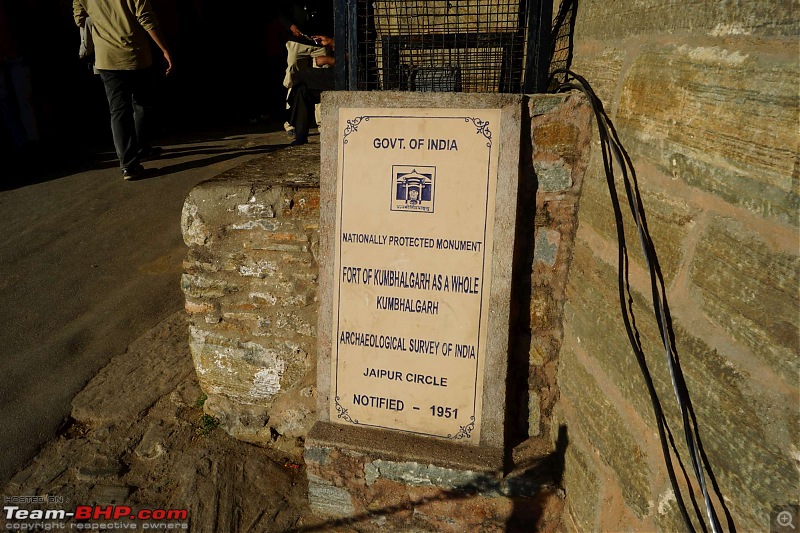
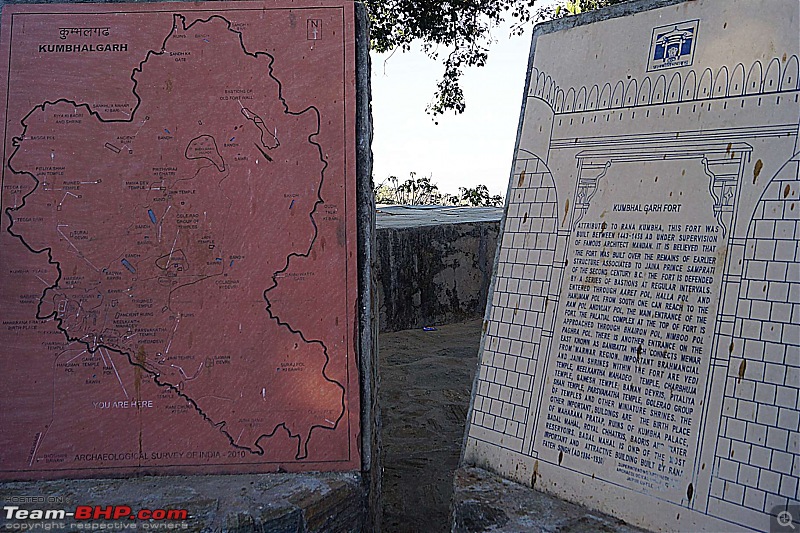
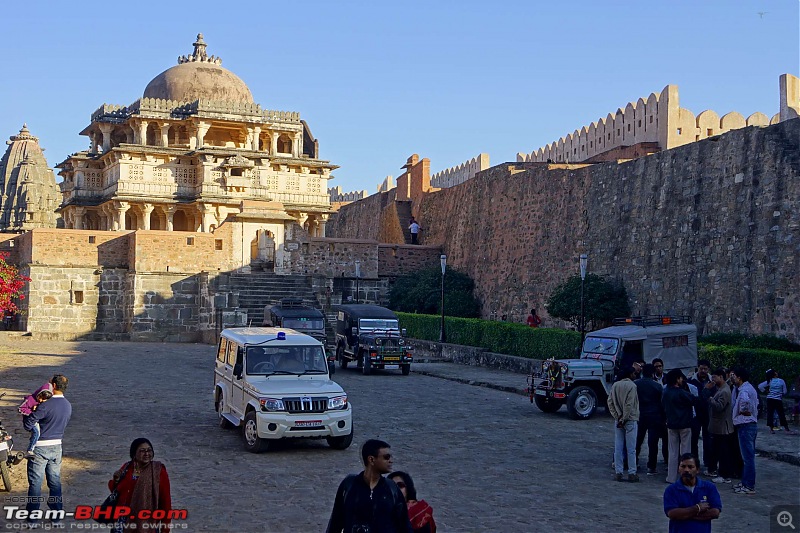
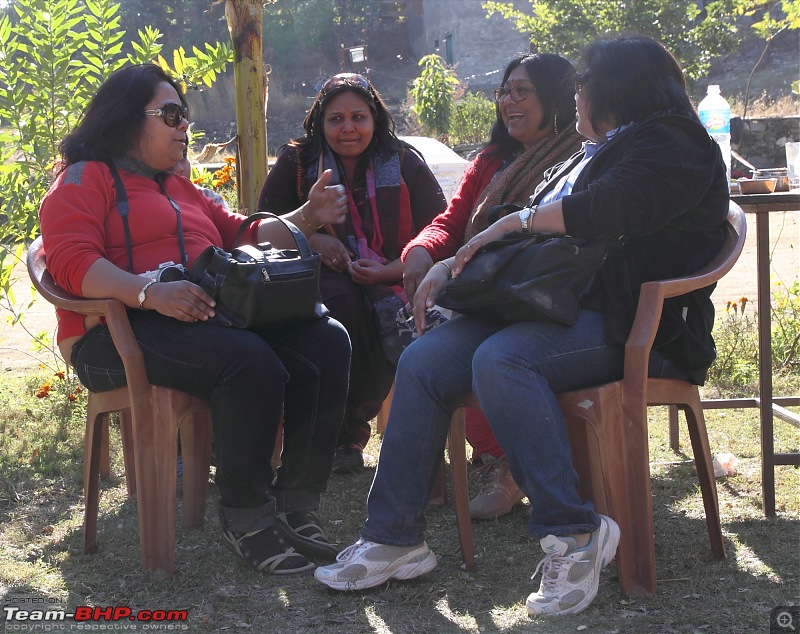
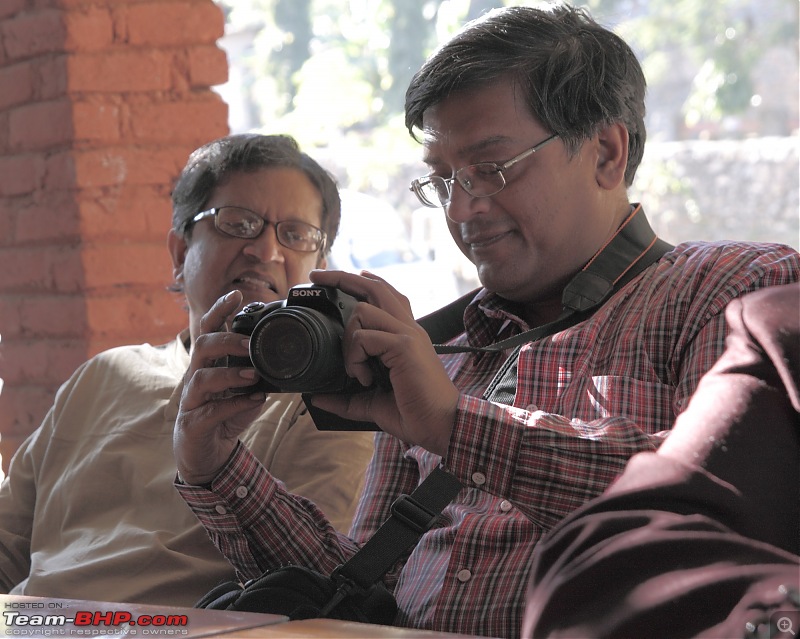
|
Originally Posted by SS-Traveller
(Post 3002420)
Great Wall of India (more about it in the next post)  |
| Looks as if we have a small great wall too .......most of us would not have known of this.............. This is an Unknown Wonder of India - The Kumbhalgarh Wall- 36 Kilometers long. In its entirety the wall extends for 36 kilometers and is, simply put, massive. In many of these photographs you might be forgiven for mistaking it for the Great Wall of China . However, many centuries and cultures separate the two. Work on Kumbhalgarh only began in 1443 – just under fifty years before Columbus sailed the Atlantic Ocean and discovered something rather large on its other side. Work was begun by the local Maharana, Rana Kumbha in that year. It took over a century to construct the wall and it was later enlarged in the 19th century. The fort which the wall surrounds is built high on a hill and dominates the landscape, being over 1000 meters above sea level. Altogether the walls have seven gateways. Although at points the walls look fairly thin, at some points they are over fifteen feet wide. The wall protects the fertile lands within – it is said that in the days of the Maharana, the walls held so many lamps it enabled the local farmers to work both day and night. Yet more precious to the inhabitants of Kumbhalgarh, the walls also contain and protect over 360 temples.Sixty or so of the temples are Hindu, as you may expect, this being India . All the others were built for the followers of Jainism, a religion founded in India which many believe to predate Buddhism. It still has over six million adherents today, who still prescribe a path of non-violence towards all living things. It was hoped, of course, that because of the protection of the wall, violence could be avoided simply because any advancing enemies might not be able to penetrate it. Yet legend has it that the very origin of the wall was due to an act of violence. It seemed that despite several attempts, the Maharana could not make his great wall stand. A spiritual advisor told him that someone would have to volunteer to sacrifice themselves if the wall was ever to be built. Eventually one day a pilgrim (some say a soldier) volunteered and a temple was built where his severed head fell. Today this makes up the main gate of the fortress which was itself built where his body came to rest. The wall long separated the competing kingdoms of Mewar and Marwar. In times of great danger the rulers of Mewar would use the fortress and its walls as their last refuge. Throughout the over five hundred years of its history, the fortress fell in to enemy hands only once – and this was only because the drinking water ran out within its walls. Yet despite its size and its history, the Great Wall of India remains something of a mystery to those outside of India . Indeed, tourists are warned that some of the lesser travelled areas of the wall should not be climbed. Ancient defense mechanisms and traps, although mostly disabled, are still assumed to exist in some of its more remote positions. Those wishing to explore the miles of ruins on their own are warned that accidents can happen... |
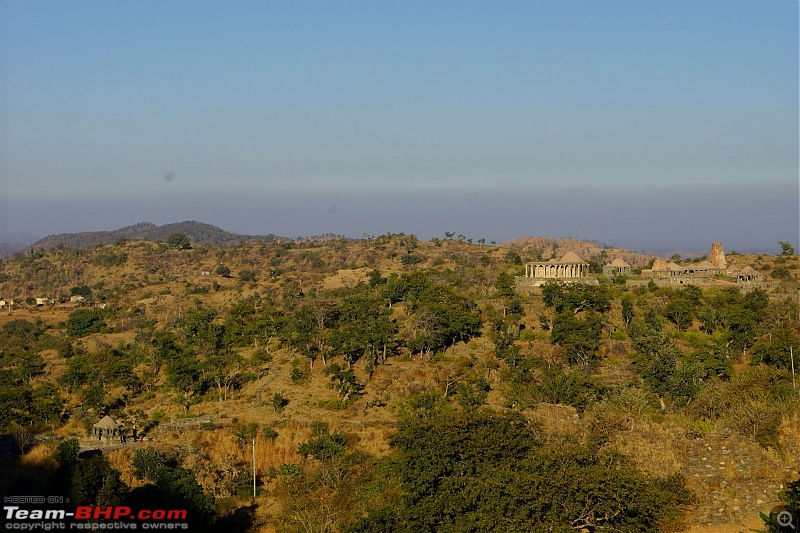
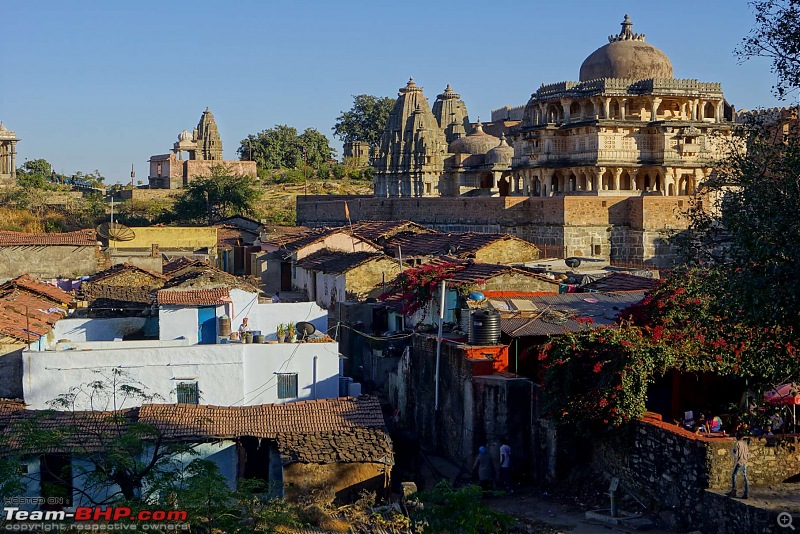


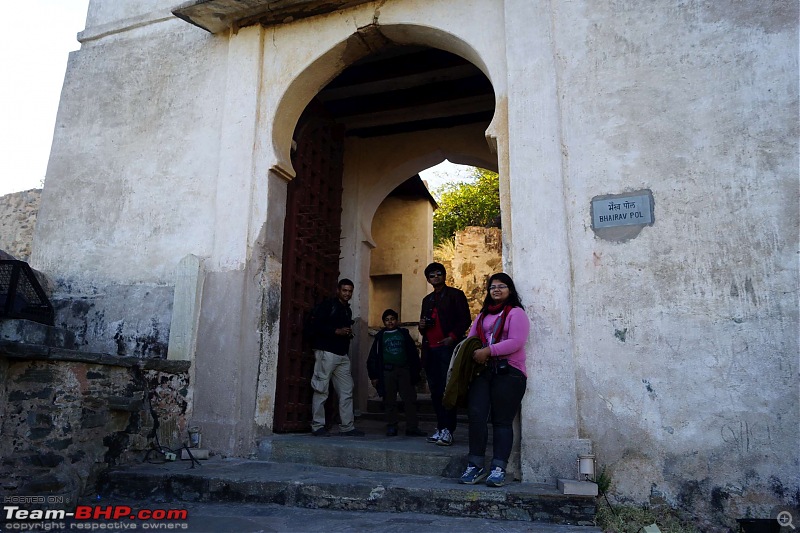
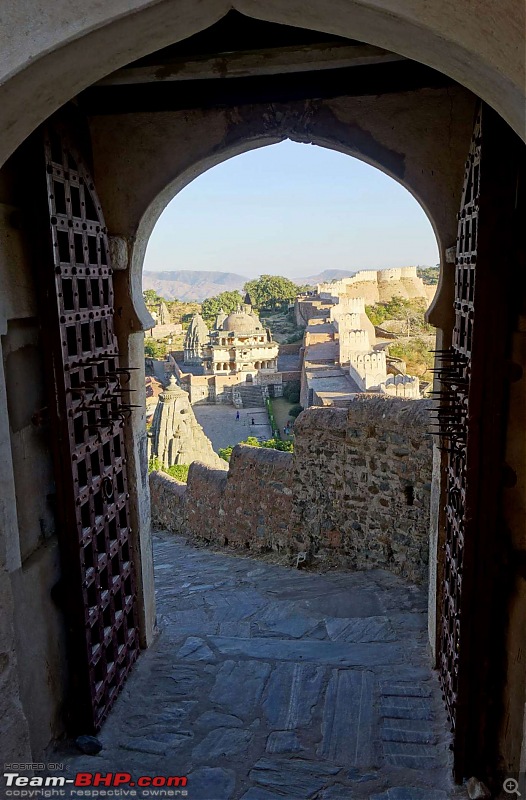

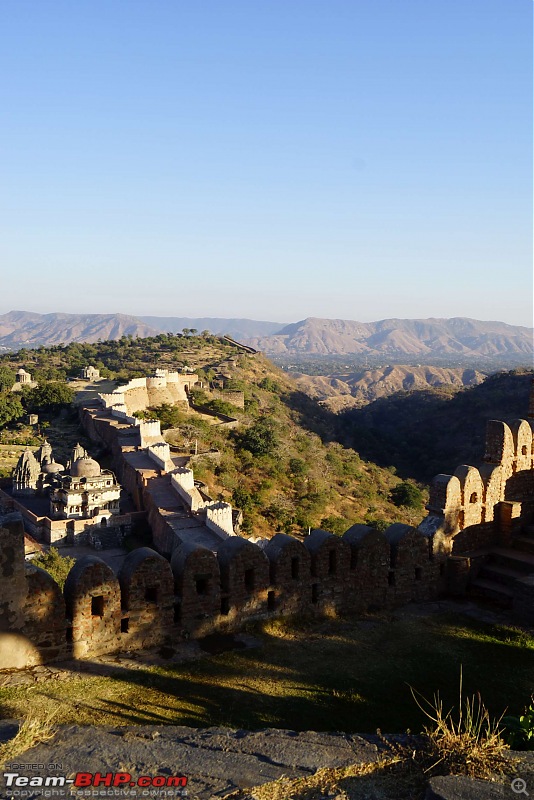




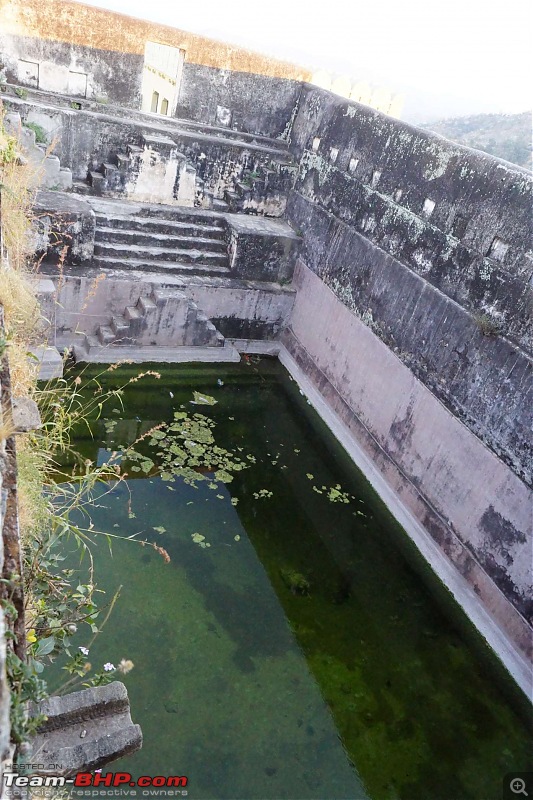
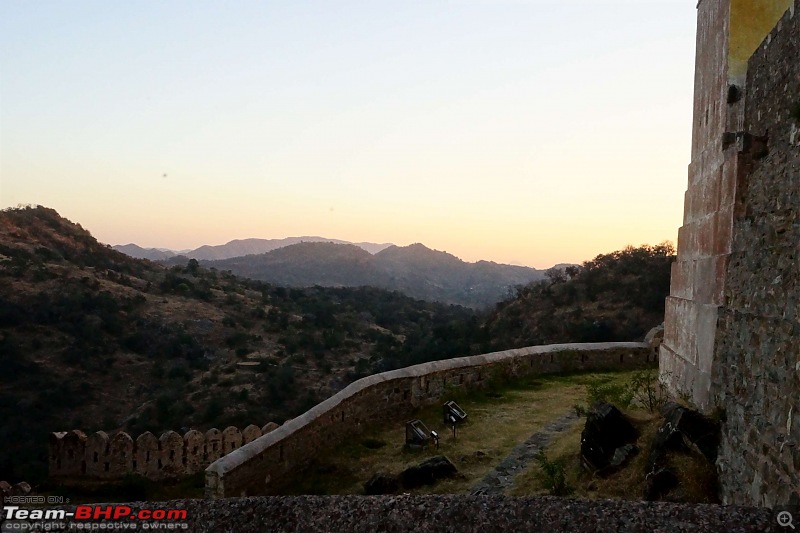
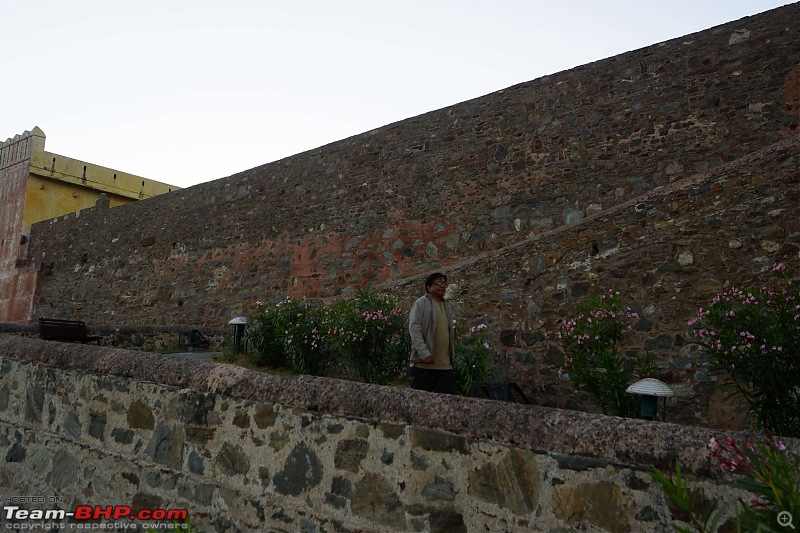
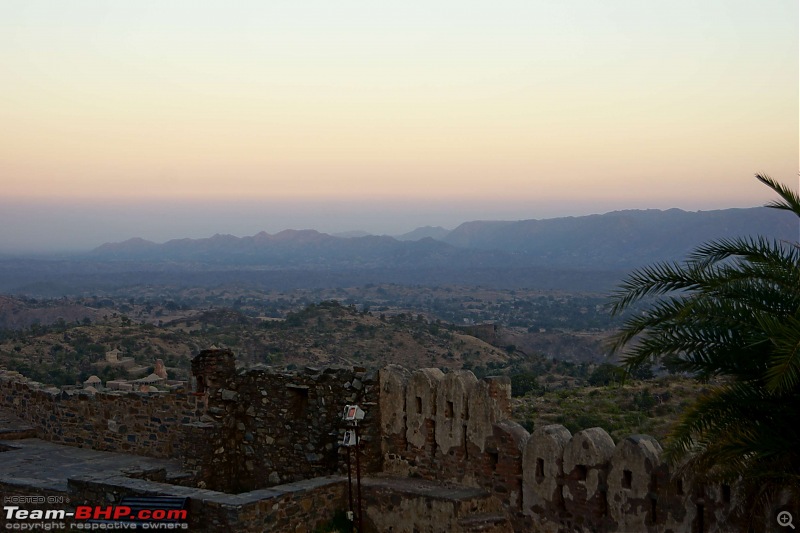

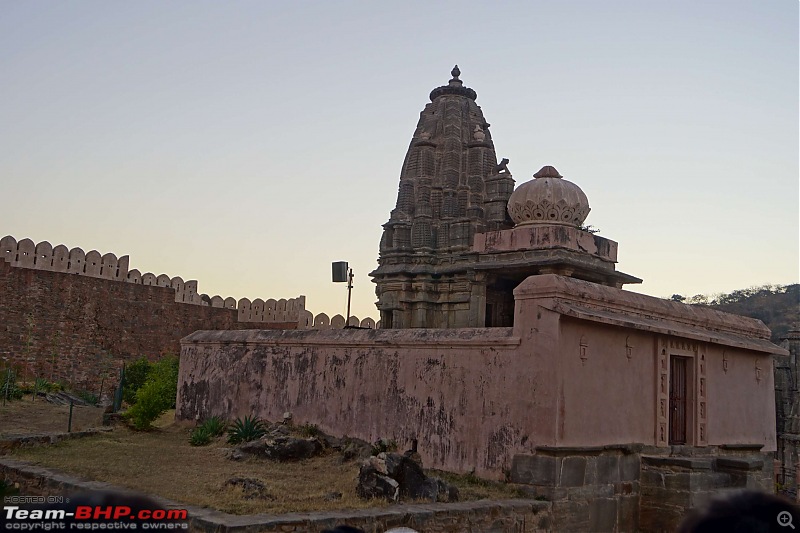
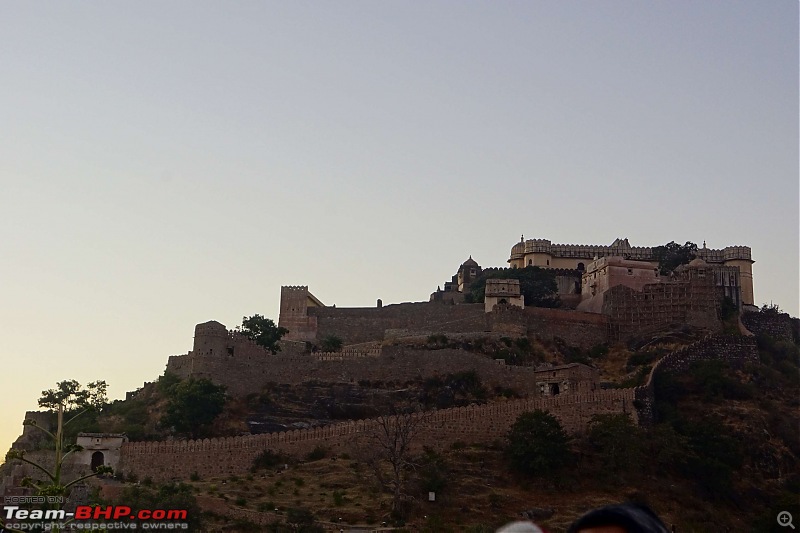
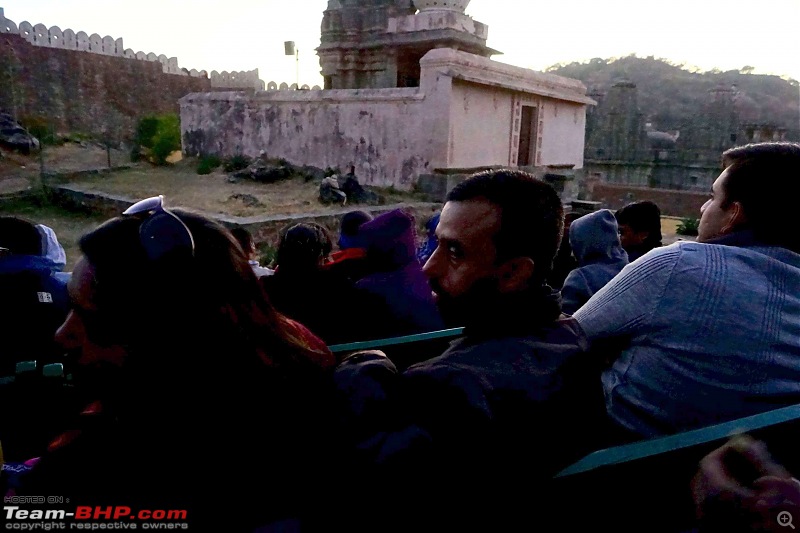
|
Originally Posted by akp
(Post 3002428)
SS-T with his lovely little toy:  |
|
Originally Posted by SS-Traveller
(Post 3002449)
Looks like me and my toy had a dust bath! Is it the photo, or was it really that bad? |
|
Originally Posted by SS-Traveller
(Post 3002530)
All photographs in this post were shot with my "lovely little toy", a Sony SLT-A65V set to ISO-6400, and the results are for the viewer to comment on. |
|
Originally Posted by akp
(Post 3002582)
ha ha - `powerful little toy' would have been a more apt description. I feel nervous when I go beyond 800 in my camera. |
| Badal Mahal is situated at the highest point of the fort. Built by Rana Fateh Singh in the 19th century, this 2 storeyed palace is divided into 2 inter connected but distinct portions - the Zanana Mahal(the section for the royal ladies) and the Mardana Mahal ( the section for the male members of the royal family). The palace is beautifully decorated with wall paintings. The women's section has stone jalis or lattice from where the queen used to watch the court proceedings and other events Built by Rana Fateh Singh (AD 1885-1930), it is the highest point of fortress. Once have to climb up to terrace through narrow stairs to reach this palace. It is a two storeyed building with the interior painted in pastel colours. Like Palace of Rana Kumbha, this palace is also divided into two interconnected distinct portions - Zanana and the Mardana palace. This palace is profusely decorated with wall paintings of 19th century style and some have attractive friezes. The stone jali screens in Zanana mahal was facilitated the queens to see the court proceedings and other events in privacy. From here one can get the view the jungle covered hillsides and across the deserts of Marwar towards Jodhpur. Constructed inside the Kumbhalgarh Fort, it is considered as the highest of all structures. The majestic Palace was built of huge apartments, painted with pastel-colored murals. Interestingly, the Mahal offers an unforgettable bird's eye view of the in and outside the fort. |


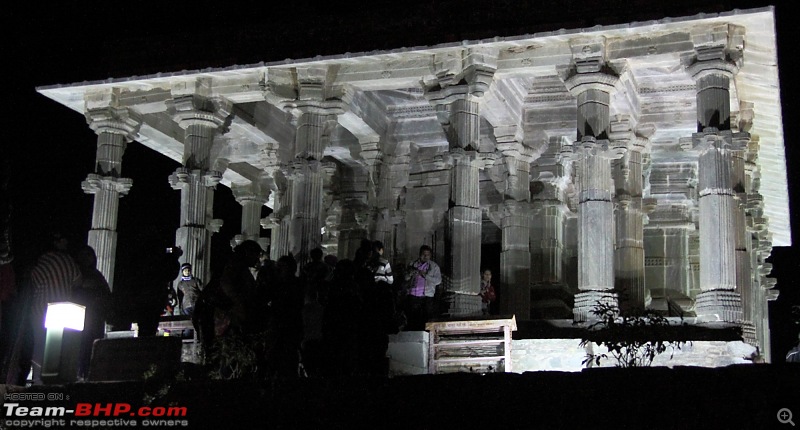

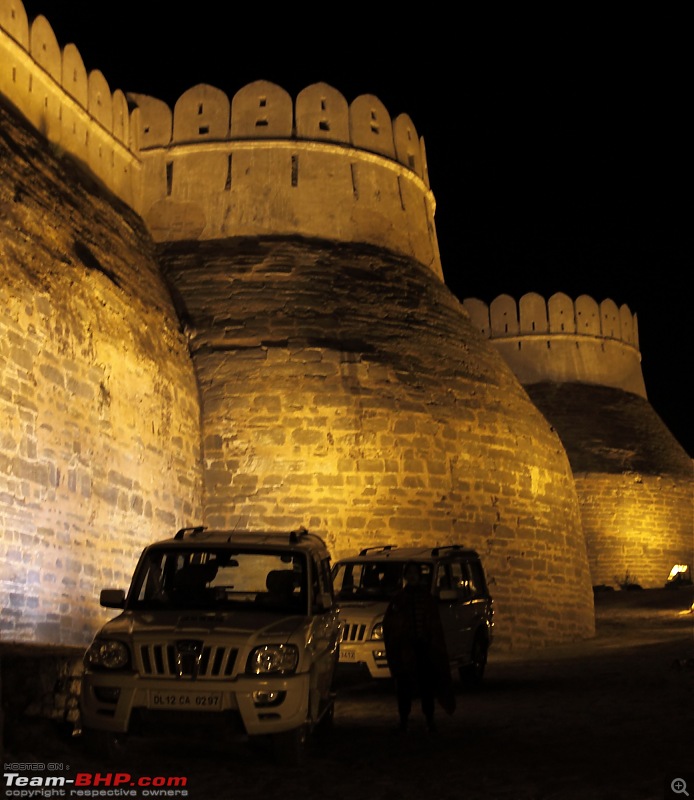
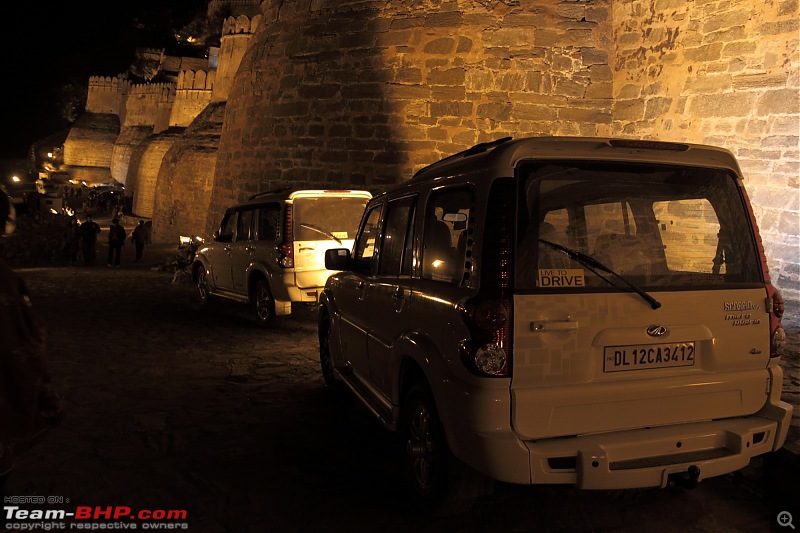
|
Originally Posted by TaureanBull
(Post 3003083)
The details are...really educative. |
| Introduction The Persian wheel is a mechanical water lifting device operated usually by draught animals like bullocks, buffaloes or camels. It is used to lift water from water sources typically open wells. In Sanskrit the word Araghatta has been used in the ancient texts to describe the Persian Wheel. The ‘ara-ghatta’ comes from the combination of the words ‘ara’ meaning spoke and ‘ghatta’ meaning pot. There is evidence to argue that this system of lifting water from open wells was probably invented in the India of the past. With its use also in Iran, the then Persia, and perhaps its discovery there, it came to be called the Persian wheel. The word ‘araghatta’ itself became to be called the rahat or reghat in North India, a name by which it is known even now. Lifting height, operation and efficiency The Persian wheel usually operates to a maximum depth of 20 metres beyond which the weight of the pots becomes too much for the oxen to lift. The FAO document on water lifting devices is an excellent one to compare the efficiencies of various lifting devices for water. As it states- “The Persian wheel, is a great improvement on the ‘mohte’ [a water lifting device using a leather bucket and a rope to pull up water usually by a draught animal], as its chain of buckets imposes an almost constant load on the drive shaft to the wheel. Persian wheels are usually driven by some form of right angle drive. The first is the most common, where the drive shaft from the secondary gear is buried and the animals walk over it; this has the advantage of keeping the Persian wheel as low as possible to minimize the head through which water is lifted. The second example is a traditional wooden Persian wheel mechanism where the animal passes under the horizontal shaft. The sweep of a Persian wheel carries an almost constant load and therefore the animal can establish a steady comfortable pace and needs little supervision.” “Although Persian wheels (…) are mechanically quite efficient, the main source of loss from these types of device is that some water is spilled from the buckets and also there is a certain amount of friction drag caused when the buckets scoop up water, which again reduces efficiency. Also, the Persian wheel is obliged to lift the water at least 1 m (or more) higher than necessary before discharging it into a trough, which can significantly increase the pumping head, particularly in the case of low lifts. The traditional wooden Persian wheels also inevitably need to be quite large in diameter to accommodate a large enough collection trough to catch most of the water spilling from the pots; this in turn requires a large well diameter which increases the cost.” Ancient usage of the Persian wheel Ubiquitous everywhere in India, as were open wells, the Persian Wheel’s use was widespread in the ninth and tenth century particularly in Rajasthan. As late as 1920 there were 600 Persian Wheels introduced by the then collector Brayne in Haryana alone. The typical fort in ancient India was perched on a hillock or a rocky citadel. Water harvesting was common but also the Persian wheel was common to lift water from lakes below up through several steps to the top of the fort itself. Golconda fort near Hyderabad in Andhra Pradesh state and Jodhpur fort in the state of Rajasthan are but two examples of forts where the Persian wheel was used to obtain water from wells. Even here the systems have been removed and now it cannot be seen as to how the ancients used the system. Present usage of the Persian wheel The Persian wheel still exists in some parts of India especially in parts of Southern and Eastern Rajasthan, the state of Jharkhand and in the Indo-Gangetic plain where the groundwater aquifers are still shallow. In typically poorer parts of India, where electricity has not reached as yet and where endowment is considerable, Persian wheels are still in use. Elsewhere, as ground water levels decline in India, Persian wheels cannot reach the water to draw them out from open wells. Many such Persian wheels stands forlorn and abandoned as the water table has dipped in places such as Kolar, Karnataka. Wheels which have worked for the last 80 years are being sold as scrap. The last factory which made Persian wheels closed in the year 1982. Conclusion The Persian Wheel is perhaps actually the Indian Wheel. The ‘ara-ghatta’ was a leap in the hydraulics of agriculture and represented technological progress in the voluminous use of water. But falling water tables have made the Persian wheel redundant as well as the arrival of the electric pumps, their greater yield and cost efficiencies. However, the Persian wheel represents a water culture and water heritage of India. It therefore seems imperative to document and preserve the knowledge base around this instrument which was both a function and an indicator of the ecological availability of water at shallow levels. It seems necessary to work with farmers to ensure efficient use of water and allow the Persian wheel -a symbol of sustainable and carbon free water use- to continue its existence. Because, with its disappearance, would go a water culture and history at least 1200 years old. Source |
| In the complex, there are several temples including Chaumukha temple, Parsavanath temple, Amba Mata Temple and Surya Temple. Amongst all of them, Chaumukha Temple is the most important and as the term Chaumukha suggests, this temple is four-faced. Chaumukha temple is dedicated to Lord Adinath, who is the first 'Tirthankara' of the Jains. The Temple structure is highly compound having four different doorways to get into the chambers. These chambers ultimately take you to the main hall where the image of Adinath is positioned. The Temple of Parsavanath is another attraction that is worth visiting. Built in the mid 15th century, the temple is renowned for its engraved windows embellished with Jain figures. Parsavanath Temple is also known as Patriyon Ka Mandir. In close proximity to this temple, you can trace two other temples dedicated to Neminath (22nd saint) and Surya Narayan (Sun God) respectively. Here, Surya Narayan Temple has innumerable wall projections with circular structure. The sight of Lord Surya driven in his chariot of seven horses is truly pleasing. Ranakpur Temple was also nominated amongst the top 77 wonders, while deciding for new Seven Wonders of the World. However, number of wonders cannot be increased and some or the other would come amongst the top seven, still Ranakpur Temple is undoubtedly a wonder. Source |
|
Originally Posted by SS-Traveller
(Post 3004881)
Akp, please check if there are any more pics with you from this road! |

| All times are GMT +5.5. The time now is 13:09. |